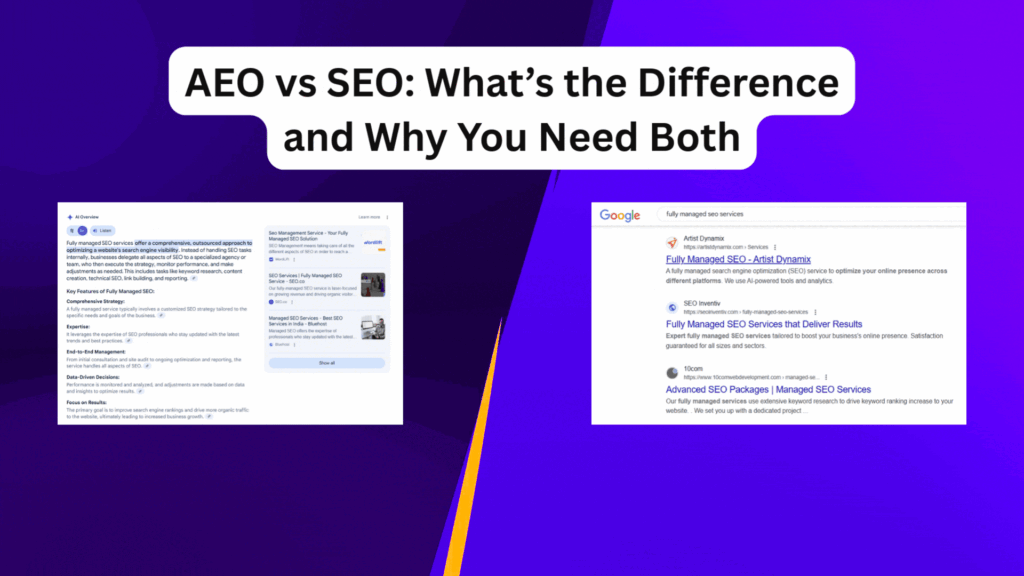Are you missing a global audience because your website only caters to one language?
Multilingual SEO (Search Engine Optimization) is the key to making your website visible and accessible in different languages. You must be aware that 72.4% of consumers are more likely to buy a product if the information is in their language. That highlights the importance of website optimization in many languages to engage and convert international visitors.
 Businesses using SEO languages experience a massive increase in online visibility and global reach. For instance, it has been proven that sites offering their content in more than one language see traffic from search engines increasing by 47%. Current projections state that e-commerce sales worldwide will reach $6.54 trillion by 2024. This gives your business a much better chance of increasing your reach with a multilingual website.
Businesses using SEO languages experience a massive increase in online visibility and global reach. For instance, it has been proven that sites offering their content in more than one language see traffic from search engines increasing by 47%. Current projections state that e-commerce sales worldwide will reach $6.54 trillion by 2024. This gives your business a much better chance of increasing your reach with a multilingual website.
For example, let’s consider a potential customer from Spain who requires a product you are offering. But, if your page is in the English language, he is more likely to navigate elsewhere to get information that is in Spanish. So, without a multilingual SEO strategy, you are probably missing several leads and sales opportunities.
What is Multilingual SEO?
Multilingual SEO is optimizing your website to rank well in search engines for different languages. This means much more than translation, and content should be optimized for multi-language SEO so that each variant of your site language is effectively indexed and ranked by search engines. SEMrush states, “Effective multilingual SEO is not just about translating keywords; it’s about understanding the nuances of how people search in different languages.” Considering this, it’s time to consider how this changes the culture, how searchers act, and local search trends.
Multilingual SEO encompasses the application of hreflang tags for language and regional targeting, the optimization of meta tags and URLs for different languages, and maintaining the same original value in the translated content. One keyword may be solid in English and weak in the other language, so research is needed as appropriate for each target language.
Another point under multilingual SEO is understanding the search engines widely used by most regions. Indeed, Google is dominant in most countries worldwide but not in China and Russia, where local search engines Baidu and Yandex, respectively, took over the reins of power. All these search engines have different types of algorithms and ranking factors, so, in turn, your multilingual SEO strategy should be customized to those requirements. Another very significant part of Multi-Language SEO is creating culturally relevant content that would speak to the target audience.
This is a very complex part of SEO, and only experts or organizations providing Multilingual SEO Services can deal with it.
7 Top Multilingual SEO Best Practices
 Implement Hreflang Tags
Implement Hreflang Tags
Proper Hreflang tags communicate to search engines the language and geographical targeting of a webpage and help prevent duplicate content issues. They ensure that a user is shown the correct language version of your website.
Hreflang tags are vital for any website with more than one language version. Doing Hreflang the right way can be tricky, and it’s imperative to ensure that your multilingual content is correctly indexed and shown to the relevant audience.
Make URLs Language Specific:
Use subdirectories or subdomains when separating content by language: “example.com/fr/” for French and “example.com/es/” for Spanish.
The reorganization makes sense, and the website URLs look more logical; search engine crawlers can easily index these pages. URLs targeting a different language should also contain location-based keywords, ultimately broadening search visibility.
Conduct Localized Keyword Research
Conduct keyword research specifically for each language and region because a keyword that works in one language may have different volumes or intent in another language.
Tools like Google Keyword Planner can help identify practical and relevant keywords in each location. This way, local keyword research also ensures that your content is optimized under how people search when they use different SEO languages.
Optimize Meta Tags and Content
Allow your meta titles, descriptions, and content to be translated and localized—it should be optimized for the language, which requires localized keywords in your content. Meta tags are an essential factor for a search engine to understand and rank your page, so its customization for every language version of the site is critical.
Local Backlinks
Backlinks from high-quality local sites in your target language will increase regional site credibility and search engine placement. Work with local influencers, bloggers, and websites to build quality backlinks, which increase your site’s authority in the SERPs.
Provide a seamless user experience
The user experience—good navigation, fast load times, and proper mobile optimization—should be present in the localized versions of the site, just as in the original. A good user experience will subsequently ensure a low bounce rate where people stay. This is a sign for search engines that your site is good quality.
Monitor and Analyze Performance
Add the languages you’re targeting to your website and integrate analytics tools that allow the tracking of the performance for each SEO language variation. Metrics such as traffic, bounce rate, and conversions must be followed closely to find issues to fix. Regular analysis provides an understanding of what’s working and what’s not to make data-driven decisions over enhancements in a multilingual SEO strategy.
Case Study: Localization of Content in 5 Languages
SEO Inventiv served the translated website content into five languages in order to boost the global footprint of client’s business. This case study looks at how it was done and the outcomes.
Challenge
The client is an e-commerce business that is growing quickly and has a need to expand its market presence significantly in France, Germany, Spain, Italy, and Japan. The challenge is to ensure that the SEO integrity of the content is not lost while trying to make it resonate with the targeted audiences.
Solution
At SEO Inventiv, we follow a multilingual SEO strategy, which is all carried out by a well-experienced team. We first went through an advanced keyword research process for each language, always keeping in mind which relevant local keywords are to be included in the translated content. We used Hreflang tags to signal language and regional targeting to the search engines, avoiding double content issues.
We have optimized meta tags, descriptions, and URLs in all local languages to fit the local search behavior.
Results
The organic traffic increased appreciably from all five countries in less than three months. Search engine ranking improved—better visibility and engagement from the target audiences. Sales in these regions increased by 35%, which was proof of our effective multilingual SEO.
Conclusion
When creating a multilingual site, it’s crucial to consider several key SEO factors. Ensuring that your content is unique and not seen as duplicates while clearly defining the target audience for each page is essential. Addressing these challenges will enhance your search engine rankings and improve the user experience. This is the most challenging part of SEO and is not easy to manage.
Fortunately, with SEO Inventiv, you can streamline this process. At SEO Inventiv, we offer comprehensive solutions to optimize your website for multilingual SEO, significantly increasing the chances of ranking highly in various countries. You can effectively manage and enhance your global online presence with our dedicated team.
Take the first step toward dominating search engines with our Fully Managed SEO Services. Plus, get personalized insights with a free SEO consultation. Visit Fully Managed SEO Services for tailored solutions, and book your consultation at Free SEO Consultation.
FAQs
Q1: How do you do SEO for multilinguals?
A: To perfectly do SEO for multilingual, follow the below-given steps:
- Implement Hreflang tags
- Make URLs language-specific
- Local keyword research is important
- Optimize meta tags
- Build local backlinks
Q2: How do you structure a multilingual website?
A: Follow the below-given checklist to create a structure for a multilingual SEO website:
- The language selection menu is the first one to appear.
- Every language has the same second stage.
- The structure of every subpage is the same (just copy the pages!).
- Every word has been translated.
- Every language has adopted keywords.




